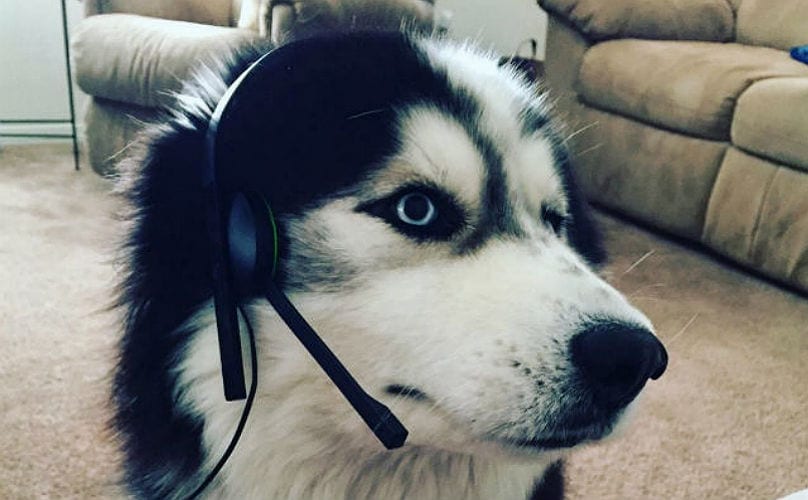Based on the name of the popular swimming stroke, the doggy paddle, it’s probably safe to assume that all dogs are natural born swimmers, right? Wrong.
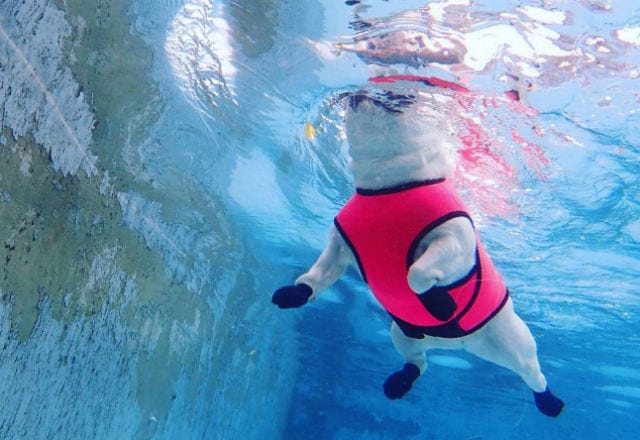

While all dogs will instinctively begin to “paddle” when they are near or in water, that doesn’t mean that every dog actually has the ability to stay afloat. What determines a dog’s ability to swim successfully has more to do with their body shape.
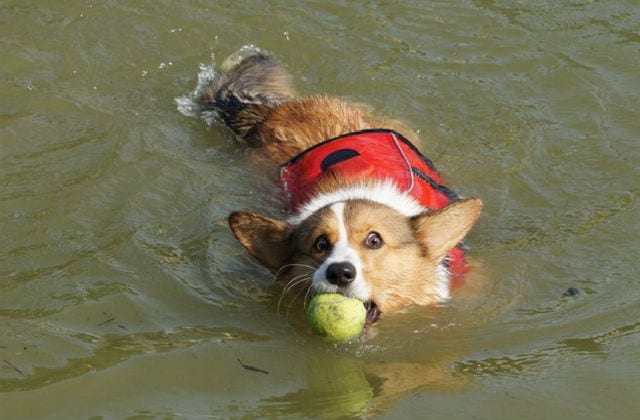

As you probably guessed, dogs that have large, heavy chests compared to their hindquarters, shorter legs, and short muzzles lack the build necessary to keep them afloat. In other words, breeds such as Bulldogs and Dachshunds should be closely monitored when they’re around water. While many are perfectly fine splashing around in shallow water, in deeper water they sink like rocks.
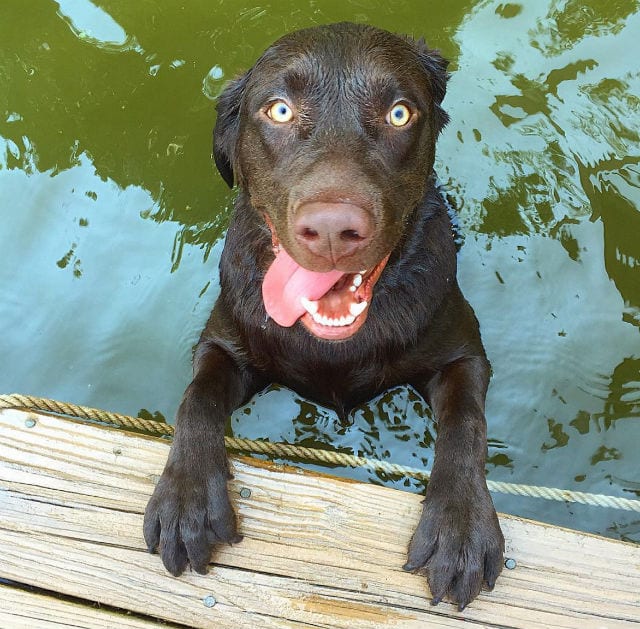

On the other hand, there are numerous dogs that were bred to excel in all water-related activities. Breeds such as Portuguese Water Dog, Irish Water Spaniel, and Labrador Retriever have been bred for generations to display traits that are ideal for swimming, such as nearly waterproof coats, long, strong limbs, and webbed paws. Historically, these breeds spend much of their time in the water working alongside their owners to retrieve objects from the water and perform other water-based tasks.
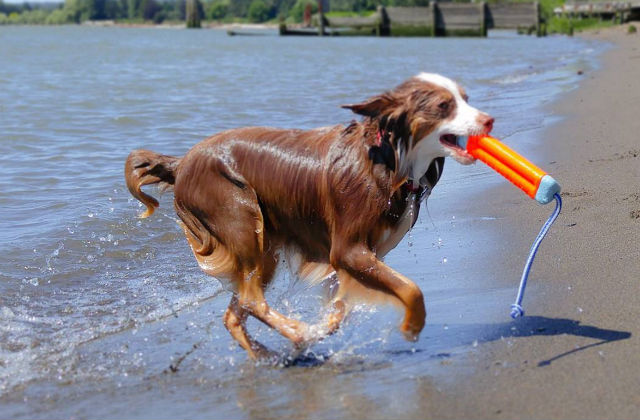

It’s important to note that just because a dog has been bred to excel at swimming doesn’t necessarily mean that they will enjoy it. Personally, I grew up with an Irish Water Spaniel that wanted nothing to do with the water.
[bp_related_article]
She had everything a dog needed to swim: a thick curly coat to keep her dry, strong legs, and webbed paws. Despite this, anytime my pup encountered water she could not get back on dry land quick enough.
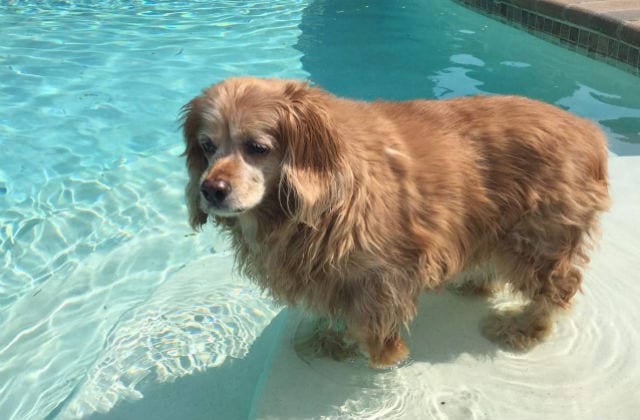

If you feel strongly about your dog staying true to their breed’s history, but they don’t seem to like the water, go slowly. There’s a good chance that your pooch is afraid of the water and it is your responsibility to show them that it is nothing to be scared of.
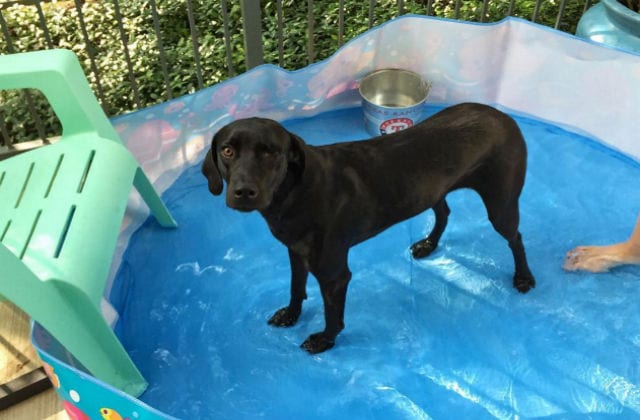

To get your dog comfortable in water, let them become at ease in a certain depth then slowly coax them deeper with toys or treats. Continue this pattern until they are fully in the water. Eventually, your dog will be comfortable enough to enter and play in the water without reinforcement.
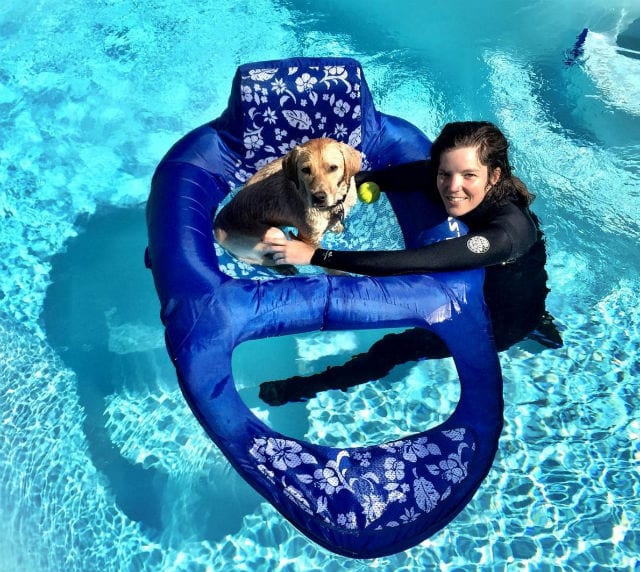

Whether your dog sinks like a rock or is a natural born swimmer, safety should always be a priority. If your dog is not of the aquatic sort, invest in a doggy life jacket so they can safely enjoy time in and around the water. A life jacket can also be helpful for water dogs that are nervous or learning to become strong swimmers. Further, all dogs should be shown how to safely enter and exit the water, especially in pools, and like humans, swimming unsupervised is never a good idea.
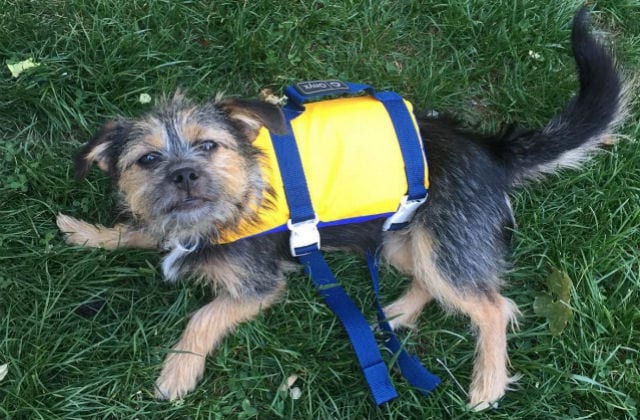

Some breeds may be more adept at swimming than others, but all dogs can learn to enjoy the water safely with your help. By ensuring your pup is comfortable in the water and has access to the necessary flotation devices, there’s no reason you can all enjoy a dog at the pool or beach together this summer!
References: Huffington Post, petMD, Vet Street





